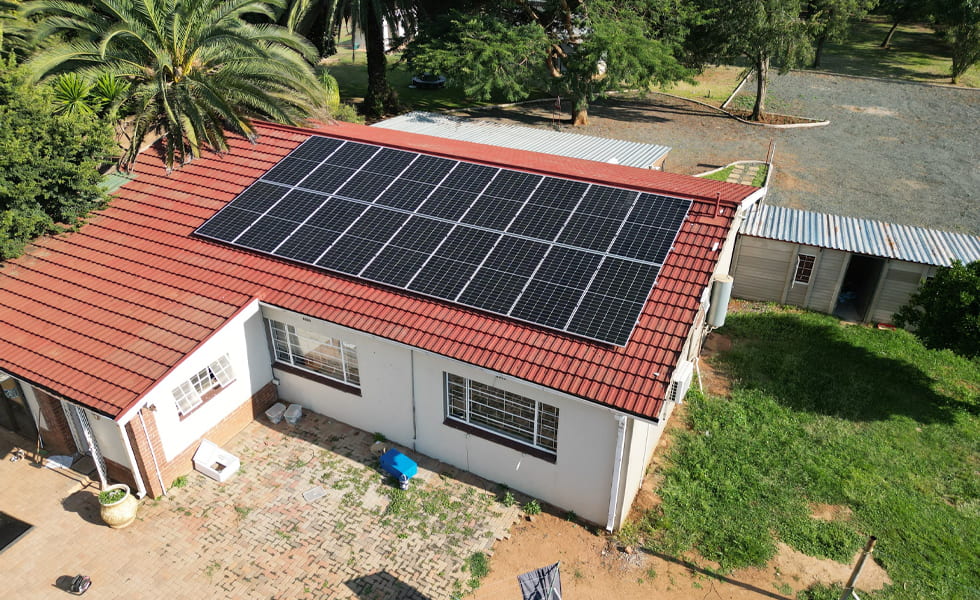
ESSs are used for many purposes and provide a number of benefits to the electric power industry and electricity consumers. The major uses and benefits of ESSs are:
• Balancing grid supply and demand and improving quality and reliability—Energy storage system can help balance electricity supply and demand on many time scales (by the second, minute, or hour). Fast response (ramping) ESSs are well suited to provide ancillary services for electric power grids to help maintain electric grid frequency on a second-to-second basis. Power quality is an important attribute of grid electricity because momentary spikes, surges, sags, or outages can harm electric equipment, appliances, and other devices powered by electricity.
• Peak electricity demand shaving and price arbitrage opportunities—Charging an ESS during periods of lower electricity demand and discharging an ESS and using or selling the electricity during higher demand periods can help to flatten daily load or net load shapes. Shifting some or all of electricity use from peak demand periods to other times of a day can reduce the amount of higher-cost or seldom-used reserve generation capacity, which can result in overall lower wholesale electricity prices. The stored and discharged electricity may be sold at a premium (arbitrage) above the price or cost of the charging electricity or it can be used to avoid using or purchasing higher-cost electricity.
• Storing and smoothing renewable electricity generation—Energy storage can provide greater and more effective use of intermittent solar and wind energy resources. Pairing or co-locating an on-grid ESS with wind and solar energy power plants can allow those power plants to respond to supply requests (dispatch calls) from electric grid operators when direct generation from solar and wind resources is not available or limited. Alternatively, an ESS can help solar and wind power plants avoid reducing or curtailing generation when the availability of those resources exceeds electricity demand or power transmission line capacity or as required by grid operators. ESSs also allow for storing and using renewable energy where there is no access to an electric grid (an off-grid system).
• Deferring electricity infrastructure investments—Localized pockets of increasing electricity demand sometimes require electric utilities to upgrade existing or build new, expensive substations, and power transmission and distribution lines. ESSs at strategic locations on the grid can help utilities to manage growing electricity demand at lower cost than upgrading or expanding electric grid infrastructure.
• Back-up power—An ESS owned by on-grid electricity consumers can provide emergency back-up electricity during grid outages.
• Reducing end-user demand and demand charges—Commercial and industrial electricity consumers can deploy on-site energy storage to reduce their electricity demand and associated demand charges, which are generally based on their highest observed levels of electricity consumption during peak demand periods. An ESS can also be used by participants in utility demand-side management (DSM) programs.
• Integration with microgrids—ESSs are being integrated into microgrids that supply a relatively small geographic area or customer base to provide some or all of the uses and benefits of electricity storage listed above. A microgrid ESS may be isolated from a larger grid, or it may be connected to a larger grid with automatic isolation (disconnect) from the larger grid during grid supply interruptions.
ESSs are designed to supply electricity on varying timescales, which is reflected in the duration of their discharge-generation cycle length, and they can be grouped into two general categories according to their usual duration and main use:
• Short duration—on the scale of minutes and power oriented
•Diurnal or daily duration—on the scale of hours and energy oriented
Simple examples of duration cycles are two systems each with 2 MWh energy capacity, where one (usually) produces 2 MW for short periods of time (seconds to minutes, a short duration system) and the other (usually) produces less than 1 MW consistently for 4 hours (a diurnal duration system). In general, pumped-hydro, compressed-air, and large energy-capacity battery ESSs can supply a consistent level of electricity over extended periods of time (several hours or more) and are used primarily for moderating the extremes of daily and seasonal variations in electricity demand. Many battery storage systems, and flywheels and super capacitors, provide rapid response to electricity demand fluctuations on sub-hourly timescales—from a few minutes down to fractions of a second—to keep grid voltage and frequency characteristics within a narrow range and provide an expected level of power quality.
